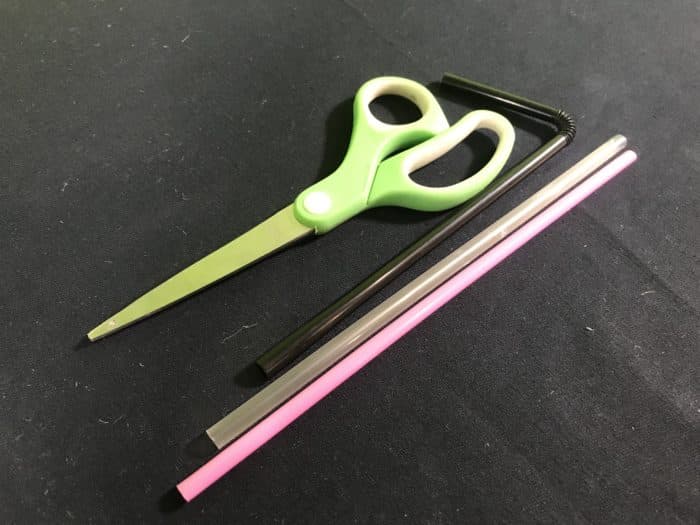
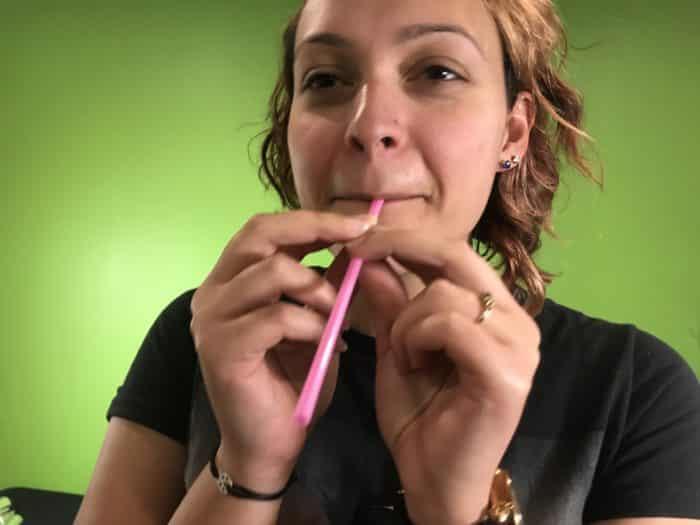
Insert the pointed end of the straw into your mouth and blow. If the pointed end of the straw is in the correct spot in your mouth you will get the end to vibrate, creating a kazoo-like sound. If you cannot hear the sound slowly move the point back and forth, in and out of your mouth, until you hear it.
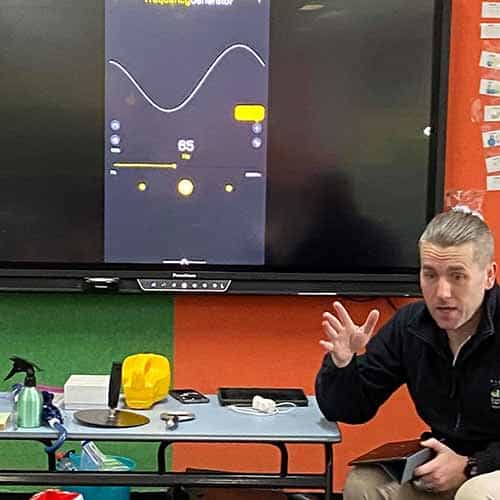
School science visits since 2004!
– Curriculum-linked & award-winning incursions.
– Over 40 primary & high school programs to choose from.
– Designed by experienced educators.
– Over 2 million students reached.
– Face to face incursions & online programs available.
– Early learning centre visits too!
Why Does This Happen?
This is a simple experiment on vibrations! To keep it simple, the shorter the instrument the higher the sound. Why? Inside your straw you have a sound wave in a particular arrangement called a ‘standing wave.’ As you shorten the straw you shorten the standing wave within it, increasing the number of times the wave vibrates per second; changing its pitch.
The sound wave itself is made up of two regions, one region with a higher density of air molecules and another with lower density. These two regions are called the ‘nodes’ and ‘anti-nodes’ respectively.
What do you think will happen if you increased the length of the straw? The pitch will be lowered, as you lengthen the standing wave and reduce the number of times the wave vibrates per second.
Unfortunately, this is a bit of a practice thing!
- Put the points of the straws just behind your lips and gently pull forward whilst you blow. You’ll eventually find the ‘sweet spot’ where you’ll get the straw to vibrate. Usually, most people blow too hard on their first go.
- The thickness of the straw does have an impact – buy the cheaper, thinner straws wherever possible. You can also buy the larger bendy straws and create a slide trombone by joining the two straw types together – kids love it!
Variables to test
- Change the length of the straws.
- Change the diameter of your straws.
- Will it work with paper straws?
- Change how hard you blow through the straws.
Video of this experiment during a Facebook Live presentation
Join us on our Facebook site for live science presentations!
From frequency & amplitude through to echoes & wave distortions, we’ve got your unit on sound covered!
Get in touch with FizzicsEd to find out how we can work with your class.
Science of Sound
Years 1 to 6
30 to 60 students
Show or workshop (NSW & VIC)
60 or 90 minutes
Online Class Available
STEM Full Day Accelerator - Primary
Designed from real classroom experiences, this modular day helps you create consistently effective science learning that directly address the new curriculum with easily accessible and cost-effective materials.


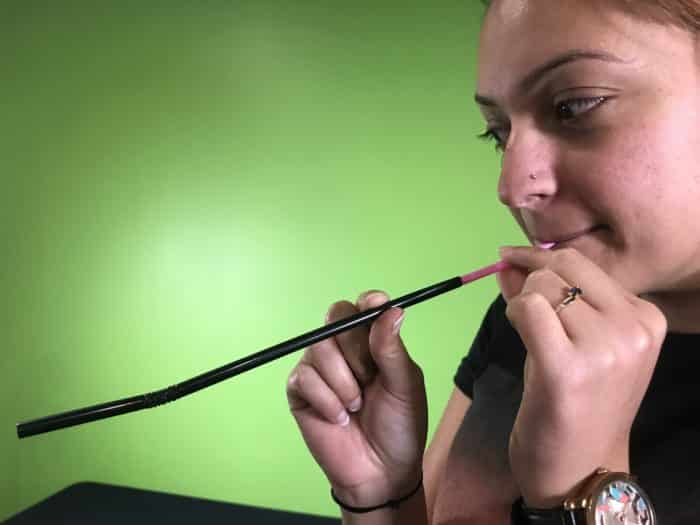
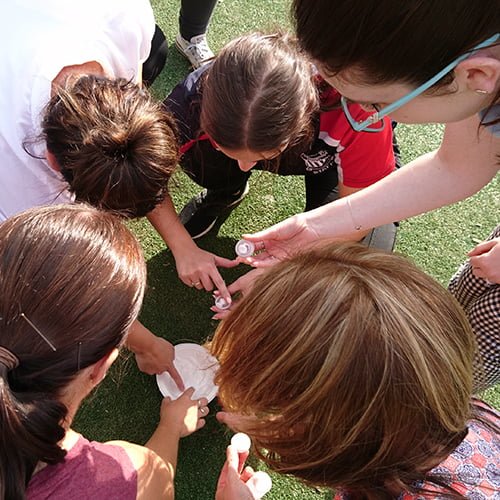


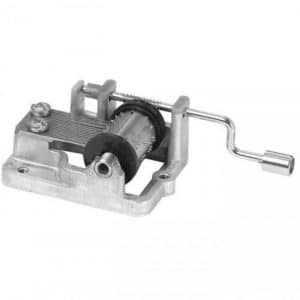
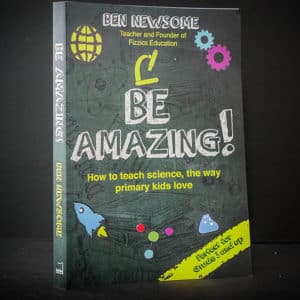























Hi, u gave me a great idea for my science assignment ! Thx !
No worries at all, enjoy!
It didn’t work for me .
Oh no! Try the really thin, cheap straws as they are easier to work with. Also, try different angles of cuts on your straw as well as different positions in your mouth (points behind the lips work well). Blow softly and increase the pressure until the straw makes a sound.
nice